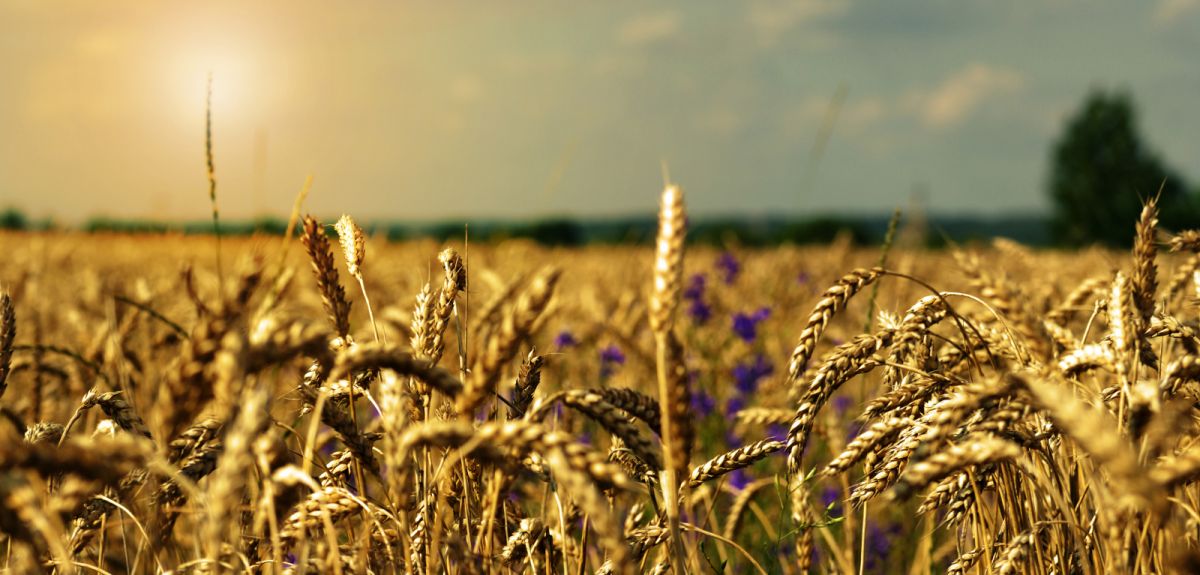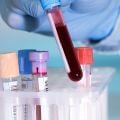
Photosynthesis Gene Could Help Crops Grow in Adverse Conditions
A gene that helps plants to remain healthy during times of stress has been identified by researchers at Oxford University. Its presence helps plants to tolerate environmental pressures like drought — and it could help create crops that can better withstand adverse conditions.
Plants rely on structures called chloroplasts within their cells to carry out photosynthesis — the process used to capture energy from sunlight by converting carbon dioxide from the air into sugars. During times of stress such as drought, though, the same reaction can also generate substances known as reactive oxygen species, which are toxic to plants and cause them to become damaged or even die.
The development of chloroplasts is controlled by the presence of a gene known as SP1, which governs the passage of the proteins involved in photosynthesis through the chloroplast’s outer membrane. Professor Paul Jarvis, from the Oxford University’s Department of Plant Sciences, suspected that the gene might use this ability to help plants survive in hostile conditions.
'With the human population growing rapidly, increasing pressure on natural resources and the threat of climate change, it’s more essential than ever to develop crops that can survive sub-optimal growing conditions,' explains Professor Jarvis. 'We wanted to find out if SP1 helped plants to remain healthy by limiting the production of the toxic compounds made during photosynthesis in harsh conditions.'
A team of researchers led by Professor Jarvis has now carried out experiments to investigate the idea. The group worked with three versions of a cress plant known as Arabidopsis thaliana: the naturally occurring wild type, a mutant plant lacking SP1, and an engineered plant that over-expressed SP1.
In separate experiments, the three types of plant were exposed to different stressful conditions: high salt concentrations, drought, and the herbicide paraquat, which stimulates production of the toxic reactive oxygen compounds. In each case, the mutant plants that lacked SP1 failed to develop. Meanwhile, the SP1 overexpressors were more tolerant of the conditions than the normal plants. These results indicated that SP1 was responsible for the resilience.
The researchers then tested the plants for the build-up of hydrogen peroxide — a common reactive oxygen species produced during photosynthesis in stressful conditions. The team found high levels of hydrogen peroxide in the mutant plants but low levels in the normal plants and even less in the SP1 overexpressors 'In fact, the overexpressors were indistinguishable from healthy, unstressed control plants,' explains Professor Jarvis. 'The production of the toxic compounds was reduced to a background level — it was as if the plants were not experiencing stress at all, instead of struggling to survive like the others.'
Another set of experiments was carried out to establish how SP1 works at a molecular level. The team found that the movement of proteins used in photosynthesis into the chloroplast was significantly reduced in the overexpressors. That demonstrated that SP1 reduces the production of toxic compounds by limiting photosynthesis in times of stress, making plants less likely to suffer serious or fatal damage.
The discovery that SP1 helps plants cope with adverse conditions like drought and high salt concentrations suggests that it should be possible to create crops that can grow more easily in harsh environments. 'All plants have the SP1 gene,' explains Professor Jarvis. 'Now it’s just a question of getting plants to over-express it so that they can survive in adverse conditions.'
The team is now working with wheat, rice, tomatoes and brassicas in order to establish if their findings can be used in a wider variety of plants. 'We expect the gene to behave the same way in crops like wheat as it does in cress,' explains Professor Paul Jarvis. 'We hope that this kind of SP1 technology will be used to improve crop performance around the world.'
A report of the research, entitled ‘Regulation of Chloroplast Protein Import by the Ubiquitin E3 Ligase SP1 is Important for Stress Tolerance in Plants’ is published in Current Biology. The work was supported by the Biotechnology and Biological Sciences Research Council.
The commercial rights for the SP1 innovation are available from PBL (www.pbltechnology.com) , a technology investment partner for public sector researchers that is owned by the John Innes Centre, the Sainsbury Laboratory, and the BBSRC.
Image by Olena Mykhaylova/Shutterstock
 Oxford researchers develop blood test to enable early detection of multiple cancers
Oxford researchers develop blood test to enable early detection of multiple cancers
 Professor James Binney awarded Royal Astronomical Society’s Gold Medal
Professor James Binney awarded Royal Astronomical Society’s Gold Medal
 Logged tropical forests are still valuable for biodiversity, study finds
Logged tropical forests are still valuable for biodiversity, study finds
 Pioneering new mathematical model could help protect privacy and ensure safer use of AI
Pioneering new mathematical model could help protect privacy and ensure safer use of AI
 New study reveals link between head injuries and viruses in Alzheimer's Disease
New study reveals link between head injuries and viruses in Alzheimer's Disease